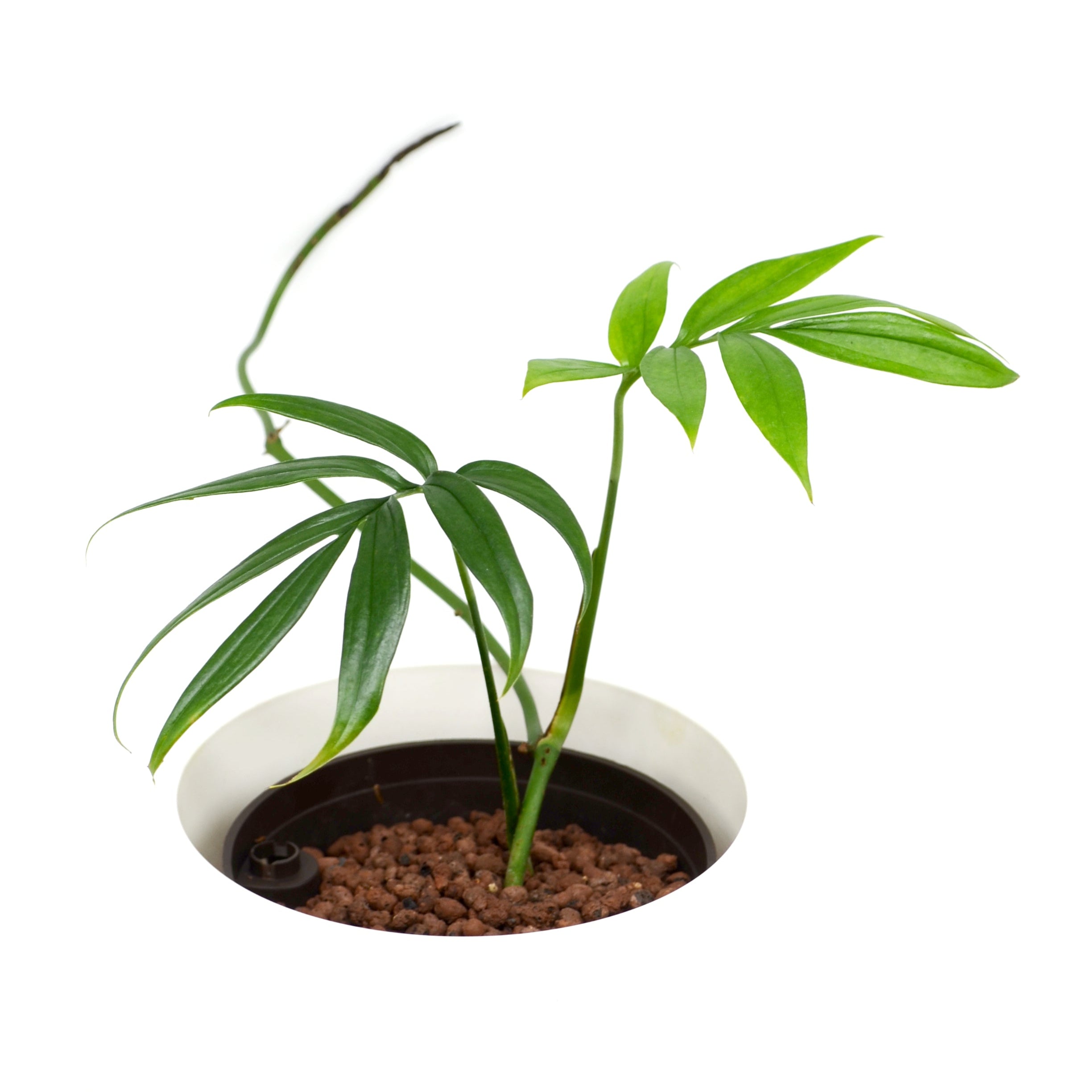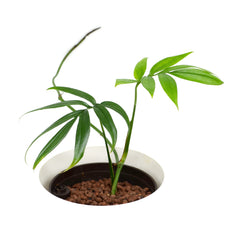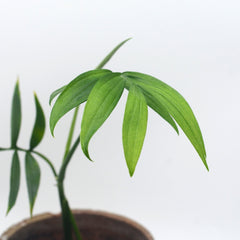Popular Products
Example product title
- €40,00
- €40,00
- Unit price
- / per
Example product title
- €40,00
- €40,00
- Unit price
- / per
Example product title
- €40,00
- €40,00
- Unit price
- / per
Popular Products
Example product title
- €40,00
- €40,00
- Unit price
- / per
Example product title
- €40,00
- €40,00
- Unit price
- / per
Example product title
- €40,00
- €40,00
- Unit price
- / per
Popular Products
Example product title
- €40,00
- €40,00
- Unit price
- / per
Example product title
- €40,00
- €40,00
- Unit price
- / per
Example product title
- €40,00
- €40,00
- Unit price
- / per
Vihreää hyvinvointia kasveista maisemiin ja luoviin ratkaisuihin
Törnroos Plants yhdistää hortonomisen osaamisen, vastuullisen viljelyn ja luovan suunnittelun. Kasvatamme puolihydroissa viihtyviä huonekasveja, toteutamme ekologista maisemointia ja autamme yrityksiä rakentamaan vihreitä, vaikuttavia brändejä.




Monstera subpinnata
Monstera subpinnata is an elegant split-leaf climbing plant that thrives in a bright location. Like most climbing plants, the plant does better when you let it climb, and thus the plant's leaves grow larger.
The plant is shipped potted in hydrosoil, in a 13 cm pot (diameter 13 cm, height 12 cm). A hydrometer (13/12) is available for separate purchase.
Monstera, Swiss cheese plants
The genus of Swiss cheese plants includes many superstars of the houseplant world. The iconic giant Swiss cheese plant (Monstera deliciosa), whose leaves adorn product after product, and the coveted Monstera oblique, whose name is often misused for marketing purposes, are two of the best-known. The leaf splits allow the plant to have more sun exposure without wasting resources. The splitting can be either slits, holes, or a combination of both. By increasing light and misting the leaves, you can encourage your Swiss cheese plant to develop more mature and split leaves.
The Swiss cheese plants climb using their aerial roots, which act like hooks to hold onto branches. They can reach the ground, burrowing into suitable growing media in hopes of water and nutrients. When growing Swiss cheese plants indoors, try to guide the aerial roots into the pot to improve the plant's vital functions as well. Sometimes, some Monstera species can grow just stems without leaves; this may be due to overly dry air.
- €40,00
- €40,00
- Unit price
- / per
Description
xMonstera subpinnata is an elegant split-leaf climbing plant that thrives in a bright location. Like most climbing plants, the plant does better when you let it climb, and thus the plant's leaves grow larger.
The plant is shipped potted in hydrosoil, in a 13 cm pot (diameter 13 cm, height 12 cm). A hydrometer (13/12) is available for separate purchase.
Monstera, Swiss cheese plants
The genus of Swiss cheese plants includes many superstars of the houseplant world. The iconic giant Swiss cheese plant (Monstera deliciosa), whose leaves adorn product after product, and the coveted Monstera oblique, whose name is often misused for marketing purposes, are two of the best-known. The leaf splits allow the plant to have more sun exposure without wasting resources. The splitting can be either slits, holes, or a combination of both. By increasing light and misting the leaves, you can encourage your Swiss cheese plant to develop more mature and split leaves.
The Swiss cheese plants climb using their aerial roots, which act like hooks to hold onto branches. They can reach the ground, burrowing into suitable growing media in hopes of water and nutrients. When growing Swiss cheese plants indoors, try to guide the aerial roots into the pot to improve the plant's vital functions as well. Sometimes, some Monstera species can grow just stems without leaves; this may be due to overly dry air.
Related Products
- €40,00
- €40,00
- Unit price
- / per
- €40,00
- €40,00
- Unit price
- / per
- €40,00
- €40,00
- Unit price
- / per
- €40,00
- €40,00
- Unit price
- / per
- €40,00
- €40,00
- Unit price
- / per
- €40,00
- €40,00
- Unit price
- / per
- €40,00
- €40,00
- Unit price
- / per
- €40,00
- €40,00
- Unit price
- / per
- €40,00
- €40,00
- Unit price
- / per
- €40,00
- €40,00
- Unit price
- / per
Recently Viewed Products
- €40,00
- €40,00
- Unit price
- / per
- €40,00
- €40,00
- Unit price
- / per
- €40,00
- €40,00
- Unit price
- / per
- €40,00
- €40,00
- Unit price
- / per
- €40,00
- €40,00
- Unit price
- / per
- €40,00
- €40,00
- Unit price
- / per
- €40,00
- €40,00
- Unit price
- / per
- €40,00
- €40,00
- Unit price
- / per
- €40,00
- €40,00
- Unit price
- / per
- €40,00
- €40,00
- Unit price
- / per
- Choosing a selection results in a full page refresh.

